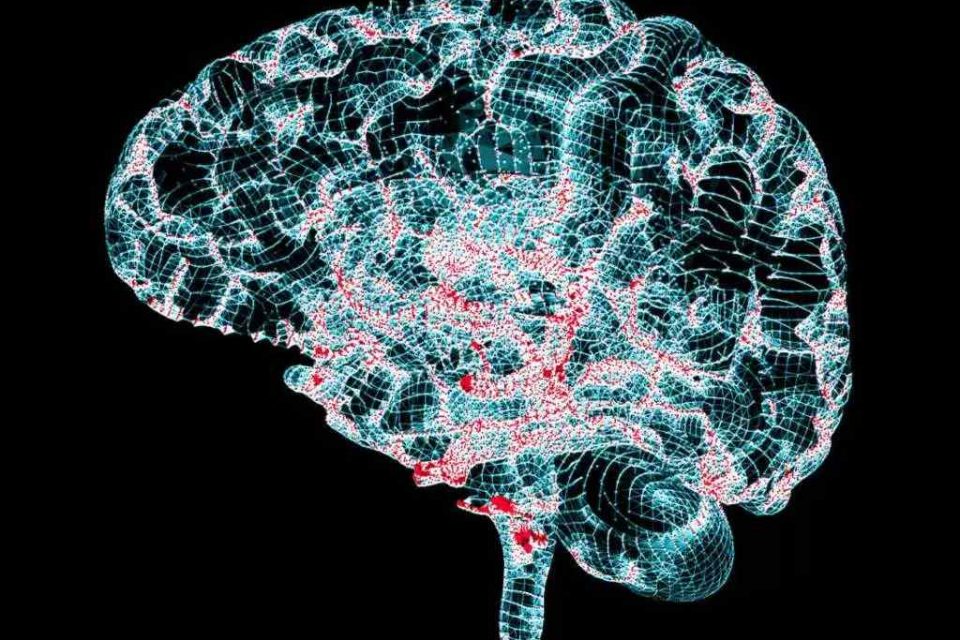Holographic mind gadget would alter our faculties and recollections

Neuroscientists are building gear to alter the sensations we feel, glue pictures we've never observed into our brains, embed non-existent aromas into memory, and even cut out undesirable agony.
The analysts are utilizing holographic projection into the brains of mice to initiate or smother handfuls and at last a large number of neurons without a moment's delay, several times each second, replicating genuine examples of mind movement to trick the cerebrum into supposing it has felt, seen, or detected something.
The objective is to peruse neural action always and choose, in light of the movement, which sets of neurons to initiate to reproduce the example and musicality of a real mind reaction, in order to supplant lost sensations after fringe nerve harm, for instance, or control a prosthetic appendage.
"This has awesome potential for neural prostheses, since it has the accuracy required for the cerebrum to translate the example of actuation. On the off chance that you can read and compose the dialect of the mind, you can address it in its own dialect, and it can decipher the message much better," says Alan Mardinly, a postdoctoral individual in the University of California, Berkeley lab of Hillel Adesnik, an associate teacher of atomic and cell science.
"This is one of the initial phases in a lengthy, difficult experience to build up an innovation that could be a virtual mind embed with extra faculties or upgraded faculties."
Mardinly is one of three first creators of a paper in Nature Neuroscience that depicts the holographic cerebrum modulator, which can enact up to 50 neurons without a moment's delay in a 3D piece of mind containing a few thousand neurons, and rehash that up to 300 times each second with various arrangements of 50 neurons.
"The capacity to converse with the cerebrum has the unbelievable potential to help adjust for neurological harm caused by degenerative maladies or damage," says Ehud Isacoff, educator of atomic and cell science and executive of the Helen Wills Neuroscience Institute, who was not engaged with the exploration venture. "By encoding observations into the human cortex, you could enable the incognizant in regards to see or the deadened to feel touch."

Pieces of mind :
Every one of the 2,000 to 3,000 neurons in the piece of mind was furnished with a protein that, when hit by a glimmer of light, turns the cell on to make a short spike of action. One of the key achievements was figuring out how to focus on every phone independently without hitting at the same time.
To center the light onto simply the cell body—an objective littler than the width of a human hair—of about all cells in a piece of cerebrum, they swung to PC produced holography, a technique for bowing and centering light to frame a 3D spatial example. The impact is as though a 3D picture were coasting in space.
For this situation, the holographic picture was anticipated into a thin layer of mind tissue at the surface of the cortex, about a tenth of a millimeter thick, however a reasonable window into the cerebrum.
"The real progress is the capacity to control neurons absolutely in space and time," says postdoc Nicolas Pégard, another first creator who works both in Adesnik's lab and the lab of coauthor Laura Waller, a partner teacher of electrical designing and PC sciences. "As it were, to shoot the certain arrangements of neurons you need to initiate and do it at the trademark scale and the speed at which they typically work."
The specialists have effectively tried the model in the touch, vision, and engine zones of the brains of mice as they stroll on a treadmill with their heads immobilized. While they have not noticed any conduct changes in the mice when their mind is empowered, Mardinly says that their cerebrum action—which is estimated continuously with two-photon imaging of calcium levels in the neurons—demonstrates designs like a reaction to a tactile boost. They're currently preparing mice so they can recognize conduct changes after incitement.
Versatile gadgets?
The region of the cerebrum secured—now a cut one-half millimeter square and one-tenth of a millimeter thick—can scale up to peruse from and keep in touch with more neurons in the mind's external layer, or cortex, Pégard says. What's more, the laser holography setup could in the long run psychologist to fit in a rucksack a man could pull around.
How our personalities compose encounters :
As they enhance their innovation, they intend to begin catching genuine examples of movement in the cortex keeping in mind the end goal to figure out how to imitate sensations and discernments to play back through their holographic framework.
Support for the work originated from The New York Stem Cell Foundation, Arnold and Mabel Beckman Foundation, National Institute of Neurological Diseases and Stroke, McKnight Foundation, Simon's Foundation Collaboration for the Global Brain, David and Lucille Packard Foundation, and Defense Advanced Research Projects Agency.